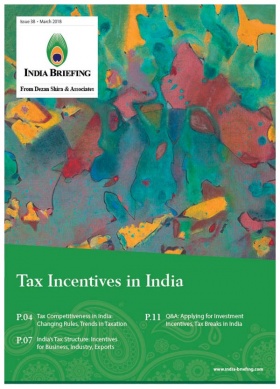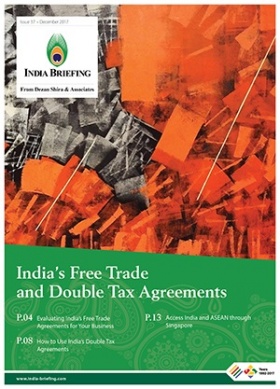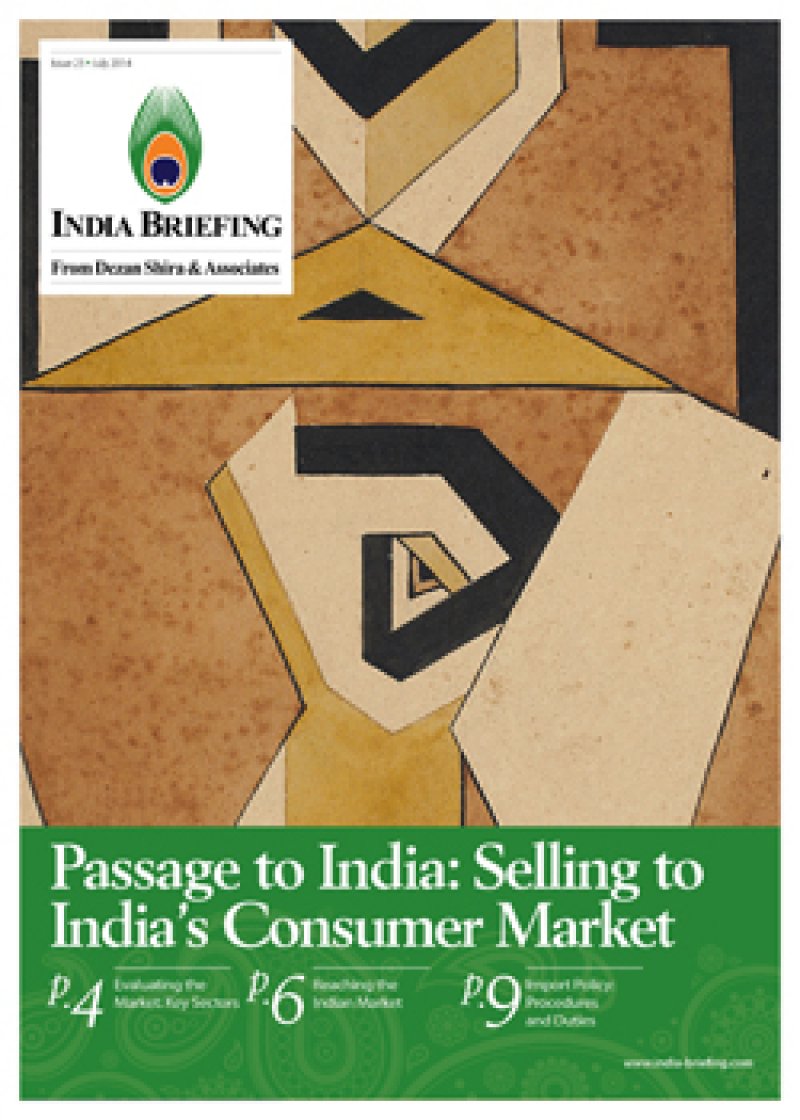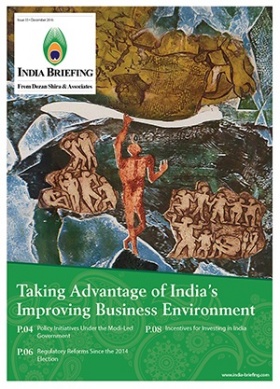Tapping into India’s Dynamic Consumer Market: Major Patterns and Trends
India’s GDP is growing at a rate of 7.5 percent, making it one of the fastest emerging economies in the world.
Breaking down growth statistics in real terms, the consumer economy grew at a rate of 5.7 percent annually between 2005 and 2015.
Based on this, estimates hold that the annual growth of the consumer market could reach 6.7 percent between 2015 and 2020, and 7.1 percent between 2021 and 2025.
This creates a consumer market worth about US $507.46 billion (Rs 34 lakh crore) for the ongoing financial year, which could expand to US $746 billion (Rs 50 lakh crore) by the financial year 2021.
Young India and its rising middle class
With a large working and young population, it has been projected that India could overtake China’s growth figures.
In fact, India’s median age is 25 years and by 2025, 55 percent of the country’s population will be of working age.
Such a rise in the productive population will inevitably translate into increased personal consumption.
The age dependency ratio will also decrease, easing the strain on government and public finances on welfare spending. Multinational companies (MNCs) positively view the Indian market because of this anticipated demographic dividend – when the labor force grows faster than the population of dependents, which feeds into rising per capita incomes.
Rapid economic growth has also led to a substantial increase in the size of the middle class in India, and has boosted their disposable incomes. This is important to factor in when investing in an emerging market like India.
The disposable income is the money that a household has left after the deduction of taxes that they can avail for spending or saving. The disposable income of a country is a key indicator used to benchmark the overall health of its economy. A rising disposable income means a growing purchasing power of commodities and services.
Some estimates show that the middle class will account for 59 percent of India’s total consumption by 2025.
India’s huge rural market a largely untapped domain
Indian markets are consumer driven, and divided into urban and rural markets. The Indian consumer market has mostly been an urban affair.
Despite India’s rural population consisting of 70 percent of the total population, it accounts for only 40 percent of the total consumption of the country.
The retail market has so far been unable to penetrate into these local markets due to supply chain inefficiencies, and poor connectivity in the rural areas. This fact is relevant as 53 percent of household sector spending comes from rural India.
Indicative of its huge market potential, a report put by AC Nielsen projects showed that the FMCG sector could cross the US $20 billion mark by 2018 and reach US $100 billion by 2025 in rural and semi-urban India alone.
India’s rapidly expanding e-commerce industry has understood this better than other retail players.
Leading online commerce companies like Flipkart, Snapdeal, Infibeam and mobile wallet firm Paytm have already signed memoranda of understanding (MoUs) with the government to reach far-flung and rural areas.
In terms of infrastructural support, the Ministry of Communications and Information Technology has established 100,000 its common service centers (CSCs) in villages to connect with e-commerce firms and aims to add another 90,000 by the end of March, 2016.
Further, the ongoing rural electrification program has been proceeding rapidly and will only expand and diversify the rural market potential.
Pattern of spending by the Indian consumer
Indian spending can be split into two categories – necessities and discretionary spending. Necessities include basic items like food and clothing, discretionary spending includes all other expenses.
Over the years, the pattern of discretionary spending has gradually risen in India’s consumer market and is expected to reach to 55 percent of total consumption by 2021.
Generally, the maximum consumer spending benefits food, housing, consumer durables, transport, and communication sectors. The FMCG (Fast Moving Consumer Goods) industry is an important contributor to the country’s GDP. This industry includes household items, personal care, and food and beverages. Today, it is the fourth largest sector in the Indian economy.
The smartphone market has leaped in terms of its growth in India and now ranks second in the world, behind the US. Leading firms like Samsung and Apple are keen on capturing the Indian market while other firms like Lenovo and Xiaomi have successfully tapped into this booming market by reducing costs through local manufacturing.
A gradual shift has also been noticed in consumer spending from basic necessities to luxury items, and the luxury market in India could cross US $18.6 billion by 2016 according to the Associated Chambers of Commerce of India (ASSOCHAM).
Finally, forecasts by the Boston Consulting Group (BCG) and the Confederation of Indian Industry (CII) put down India’s share of global consumption at 5.8 percent by 2020, having expanded by more than twice the current share.
Selling to the Indian market
The Indian consumer market will create major opportunities and challenges for MNCs in the coming years. While strong growth is expected in urban areas, annual real rural income growth is expected to accelerate to 3.6 percent in the next two decades compared to 2.8 percent in the last two.
Businesses that can cater to both markets, keep price points low to reflect the realities of Indian incomes, and adapt to a fast changing market environment will likely reap benefits.
Policymakers will also be challenged to keep up with the growing consumer market while addressing infrastructural and social issues. Demand for goods and services is expected to increase significantly and may even outstrip supply.
If the government acts on this early and facilitates the growth for organizations, vendors and supply chains, then it would go a long way in addressing the needs of the Indian market.
About Us
India Briefing is produced by Dezan Shira & Associates. The firm assists foreign investors throughout Asia and maintains offices in China, Hong Kong, Indonesia, Singapore, Vietnam, and Russia.
Please contact india@dezshira.com or visit our website at www.dezshira.com.
- Previous Article India Market Watch: E-Commerce Companies Expand Services, Aviation Sector Soars, Exports Continue to Decline
- Next Article Einstieg in Asien – die Indien-Option












